Grow Your Own Japanese Herbs and Spices
Introduce The Healing Properties Of Japanese Herbs To Your Home Garden
Enjoy the myriad health benefits, delicious tastes and sublime aromas of the Japanese herbs and spices listed below which will also grow happily on your balcony.
While Western herbs get much press for their immunity-boosting powers, complex flavors and soothing scents, Japanese herbs or wa ha-bu in Japanese also have much to offer. Used for centuries in traditional Chinese and Japanese medicine, Japanese herbs, like their counterparts, chamomile, rosemary and sage, are used in cooking, teas, tonics, aromatherapy and bathing. Of course, their aesthetic appeal, as sprightly indigenous plants in your garden, is also unmistakable.
Indeed, while some Japanese herbs and spice plants only grow in natural environments, others will thrive in pots on your balcony. The four plants chosen below can be found at your local home store (like GooDay) or online and are generally hardy and take well to living in planters, provided that you heed their sun, shade, water and drainage preferences.
Korean Mint
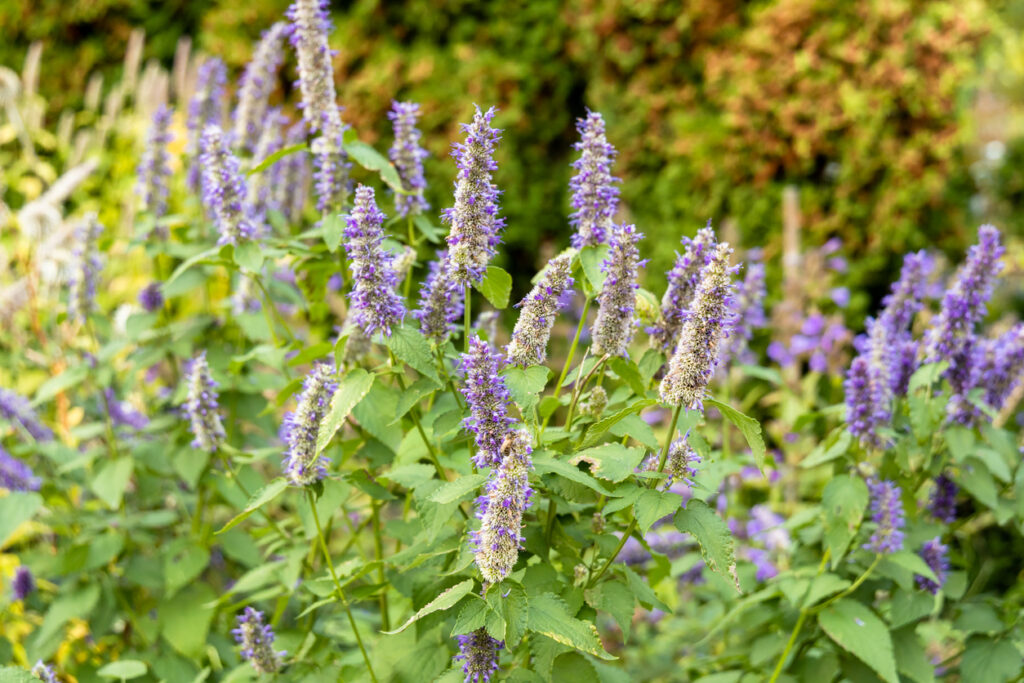 © Photo by iStock: Olga Seifutdinova
© Photo by iStock: Olga SeifutdinovaKawamidori (Korean mint), native to East Asia, has long been used in Japanese medicine. An aesthetically pleasing plant that blooms with lovely tall light purple flowers, kawamidori also offers an array of health benefits and culinary pleasures. As a member of the mint family, it has an anise-like flavor and scent and is often used in aromatherapy and bath soaks in Japan. This plant is said to help with headaches and colds as well as promote healthy digestion. Try making an herbal tea out of the fresh leaves or using them as a garnish for salad or soup. Kawamidori can also be dried, blended and sprinkled on foods to add flavor.
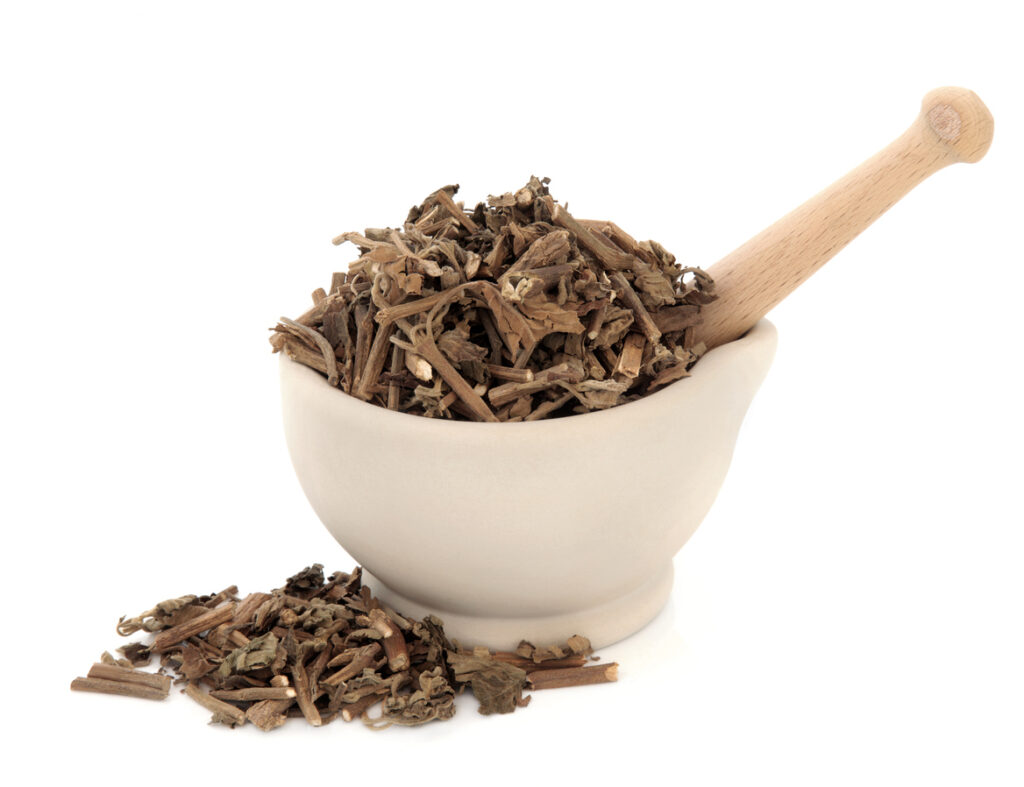 © Photo by iStock: marilyna
© Photo by iStock: marilynaKawamidori will easily grow in a container on your balcony and can add color to your late summer and fall pot garden. As a hardy plant, it is particularly pest resistant and shouldn’t cause trouble to even novice gardeners. It loves full sun and is quite drought-resistant although it could require extra watering if it is especially dry outside. Otherwise, kawamidori does not appreciate dampness so it needs soil with excellent drainage. To promote flower production, don’t forget to dead-head this plant!
Japanese Pepper
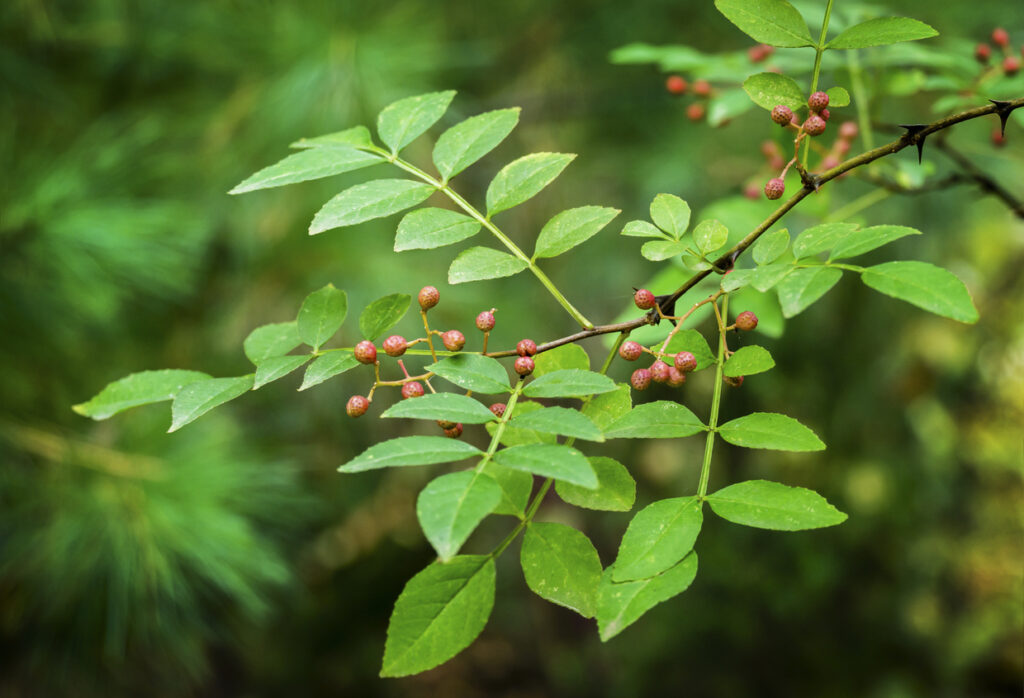 © Photo by iStock: Marina Denisenko
© Photo by iStock: Marina DenisenkoSanshou (Japanese pepper), a deciduous shrub native to Japan and Korea, has many potential culinary uses (and is also a relative to the better-known Chinese sichuan pepper!). Its sprouts and young leaves are often used as garnish when cooking soups and stews, especially in the springtime. Its fresh immature green fruits or green peppercorns can be salted and blanched or steeped in shoyu (soy sauce). Meanwhile, crushed mature peppercorns or kona zanshou are the standard topping for broiled eel and a key ingredient in the shichimi blended spice mix which also includes red chili peppers. Try adding the peppercorns to stir fries, atop teriyaki chicken or to add a kick to vegetables, like tataki kyuri (smashed cucumbers) and mapo nasu (stewed eggplant with minced meat).
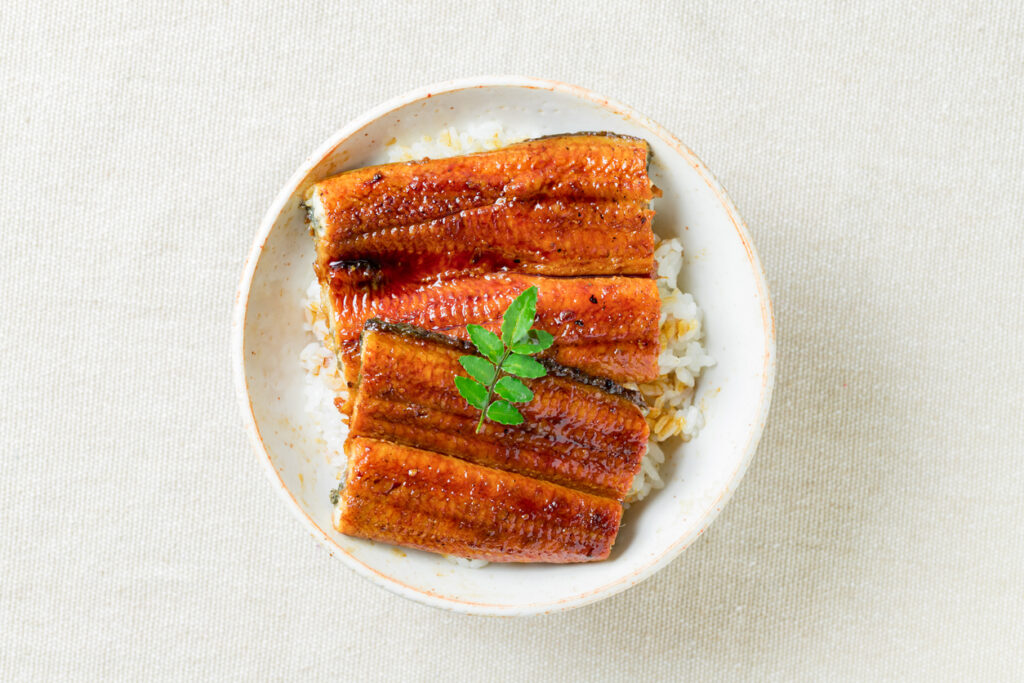 © Photo by iStock: flyingv43
© Photo by iStock: flyingv43In a planter, this small tree appreciates soil enriched with organic matter and a location in full sun or partial shade. It also likes to be regularly watered. As a member of the citrus family, it is quite hardy except against its nemesis, the caterpillar larva of the ageha butterfly which feasts on their leaves, decimating small plants. Watch for small black eggs on the leaves, tiny brown immature caterpillars or (at worst) large bright green caterpillars on de-leafed stalks and remove them!
Goji
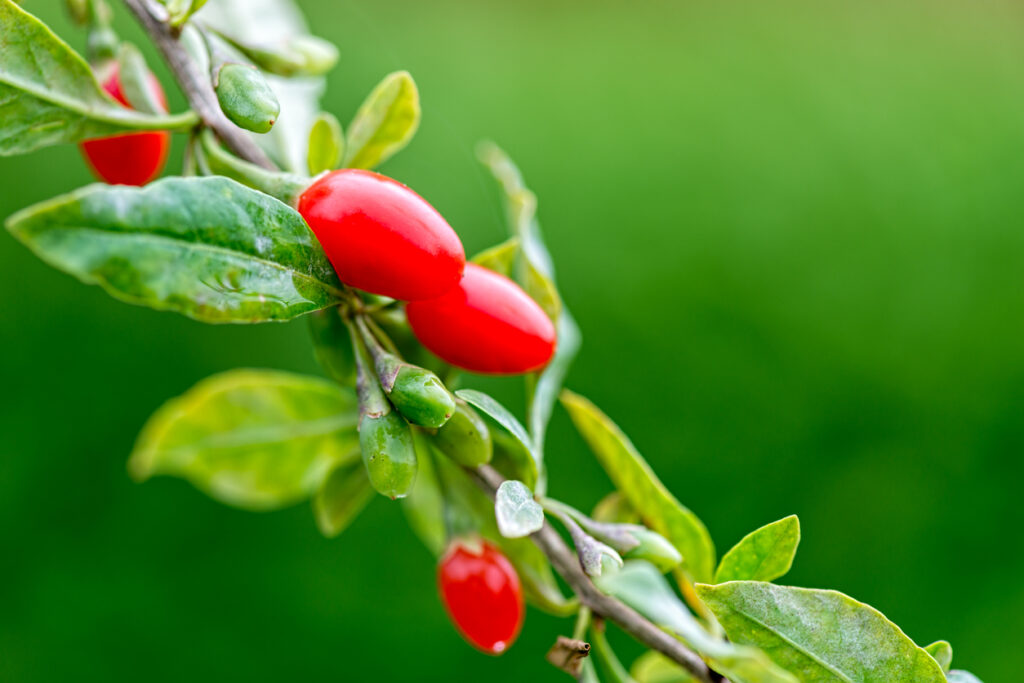 © Photo by iStock: sonsam
© Photo by iStock: sonsamKnown as a “long-life” herb, kuko or goji, a hardy deciduous shrub, is a member of the eggplant family. All of this plant, from its cute purple flowers, its beautiful red-orange berries and its leaves can be used. While other parts of the plant have medicinal uses in Japan, the berries have become popular worldwide as a health and beauty superfood. Indeed, the kuko berries have been found to have high levels of antioxidants, vitamins B and C, and amino acids. They can be eaten in many forms, such as fresh, dried and as juice. Try making annin dofu (Chinese-style almond jelly) with kuko as the topping, or adding the berries to puddings and jellies.
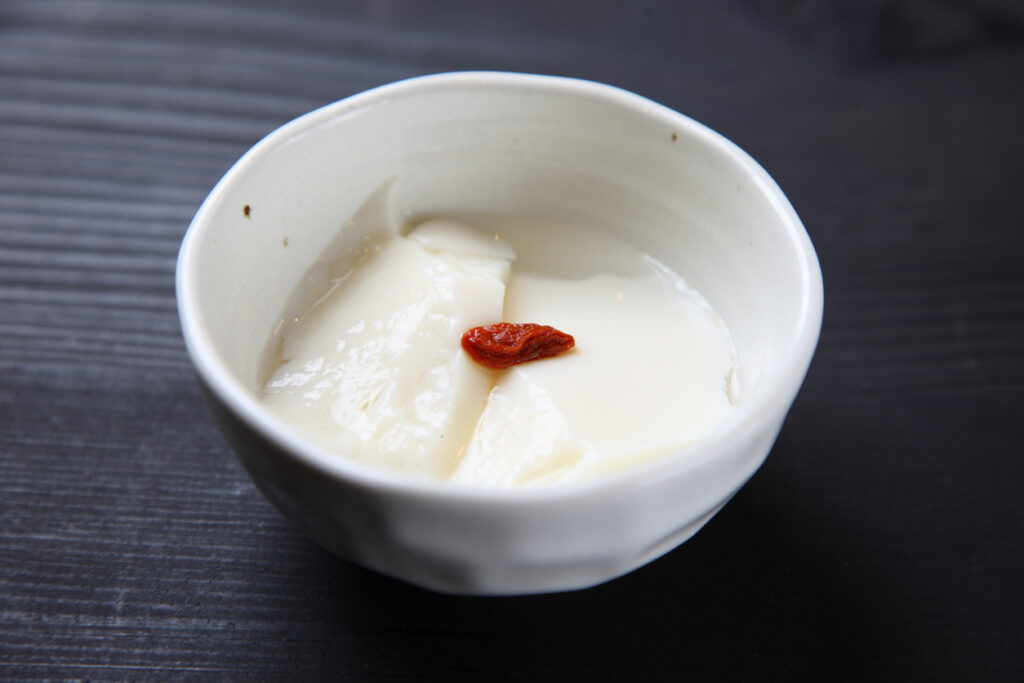 © Photo by iStock: deeepblue
© Photo by iStock: deeepblueKuko grows wonderfully in a container, often producing a more compact and productive plant than in the ground where its roots spread out. It does need quite a deep container with good drainage. While it is drought-resistant and generally unfussy, it prefers full sun if you hope to harvest berries. It should also be noted that kuko only produces berries after the second year if you start it from seed. Since its fruit is delicious, birds are also attracted to it.
Perilla
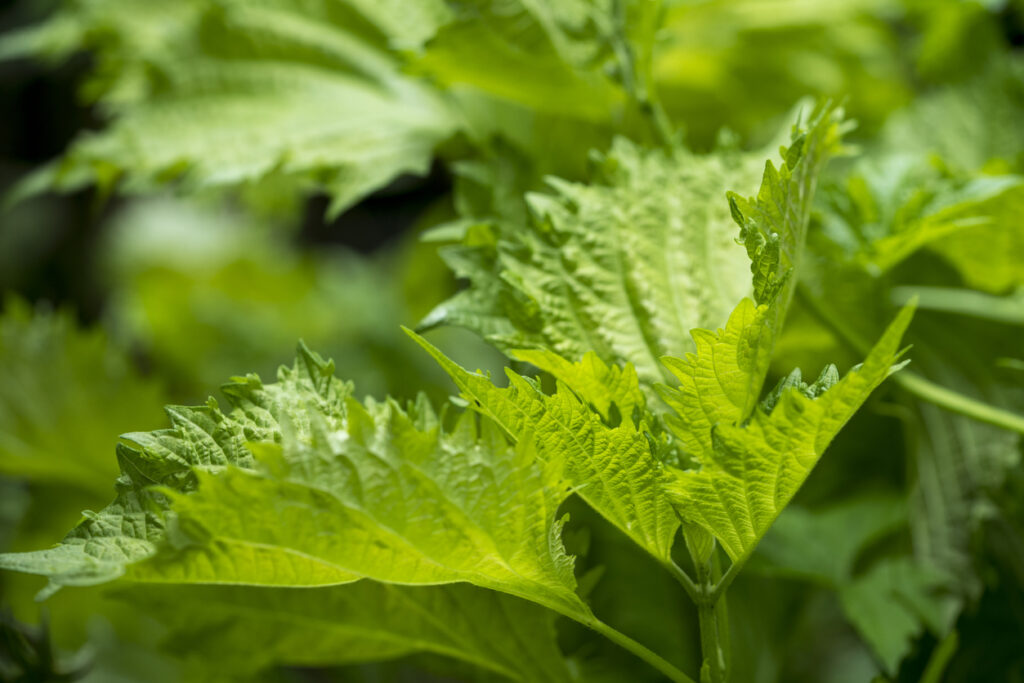 © Photo by iStock: Shun Tokiya
© Photo by iStock: Shun TokiyaPerhaps the most well-known Japanese herb, green shiso (also called ooba or aojiso) has a proud place in washoku (Japanese cuisine). Botanically a member of the mint family, perilla has a unique aromatic and refreshing flavor and can come in two colors, green and purple. The most common, green shiso, also contains high amounts of beta carotene, calcium and vitamin B2 and is said to boost immunity and energy. It has also long been used as an anti-inflammatory. Try it as a garnish to level up fresh sashimi, blended with olive oil as a Japanese-style pesto, added to your salad leaves or mixed with cabbage as a healthy side to fried foods like tonkatsu (fried pork cutlet).
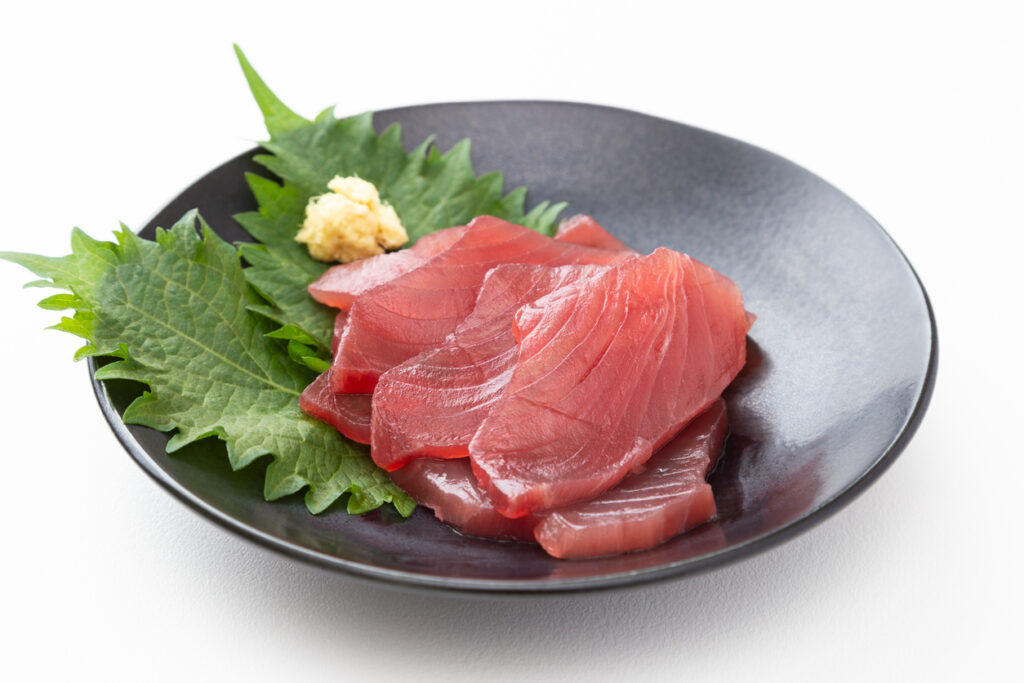 © Photo by iStock: years
© Photo by iStock: yearsShiso grows nicely in a planter on your balcony and is a very generous plant; from early summer through to fall, you can continuously harvest its leaves. It does not tolerate cold or frost and likes full sun to partial shade. It prefers compost-rich soil with very good drainage. As for watering, it is happiest with soil kept just moist, but it can also handle a little dryness. To keep a harvest all summer long, try planting four to six shiso plants together, spaced about 25-30 centimeters apart and trim the tops to keep the plants bushy.
Level up your Japanese cooking this year with the fresh flavors of the herbs and spices above!
Do you have any Japanese herbs in your kitchen garden? Tell us what we should be planting!












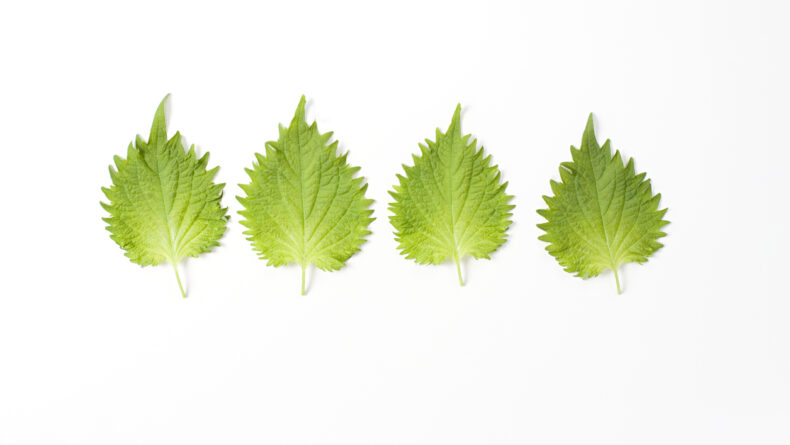
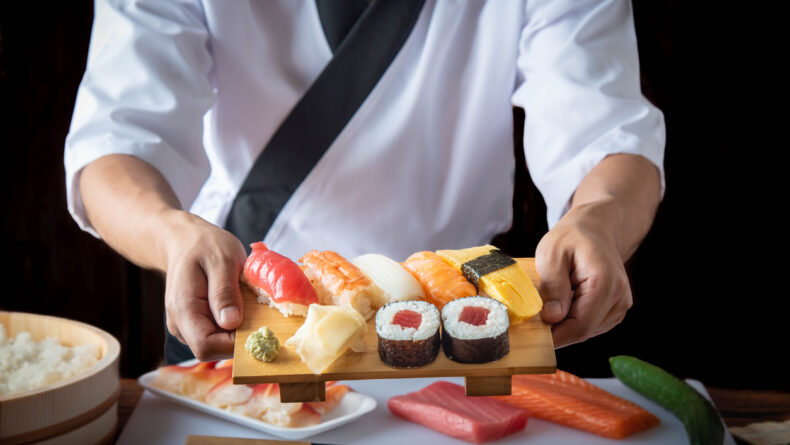
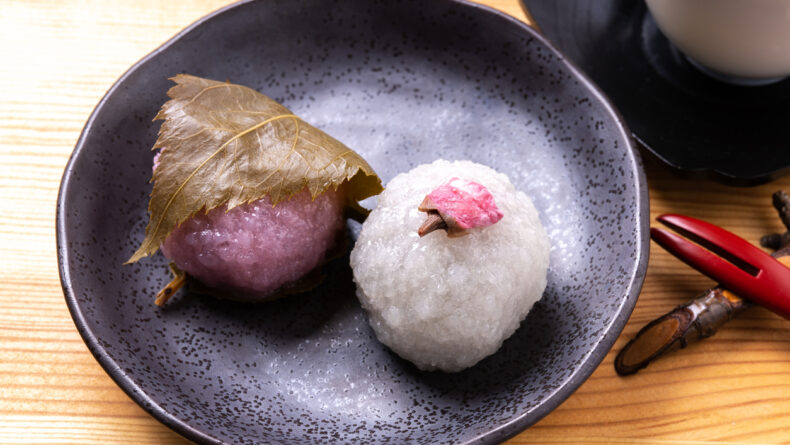
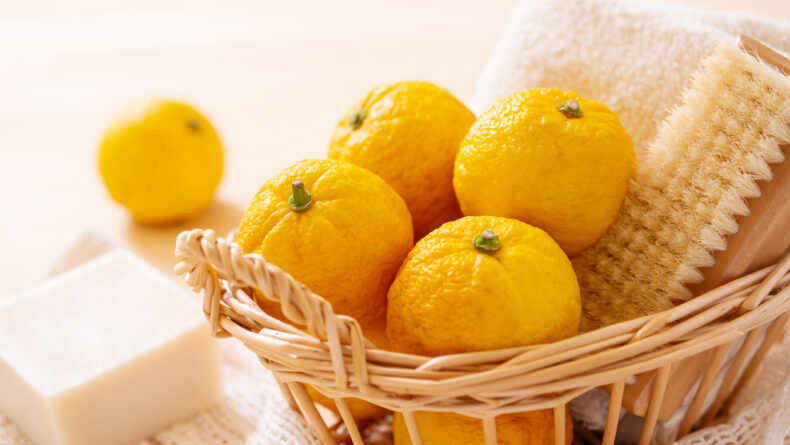
Leave a Reply